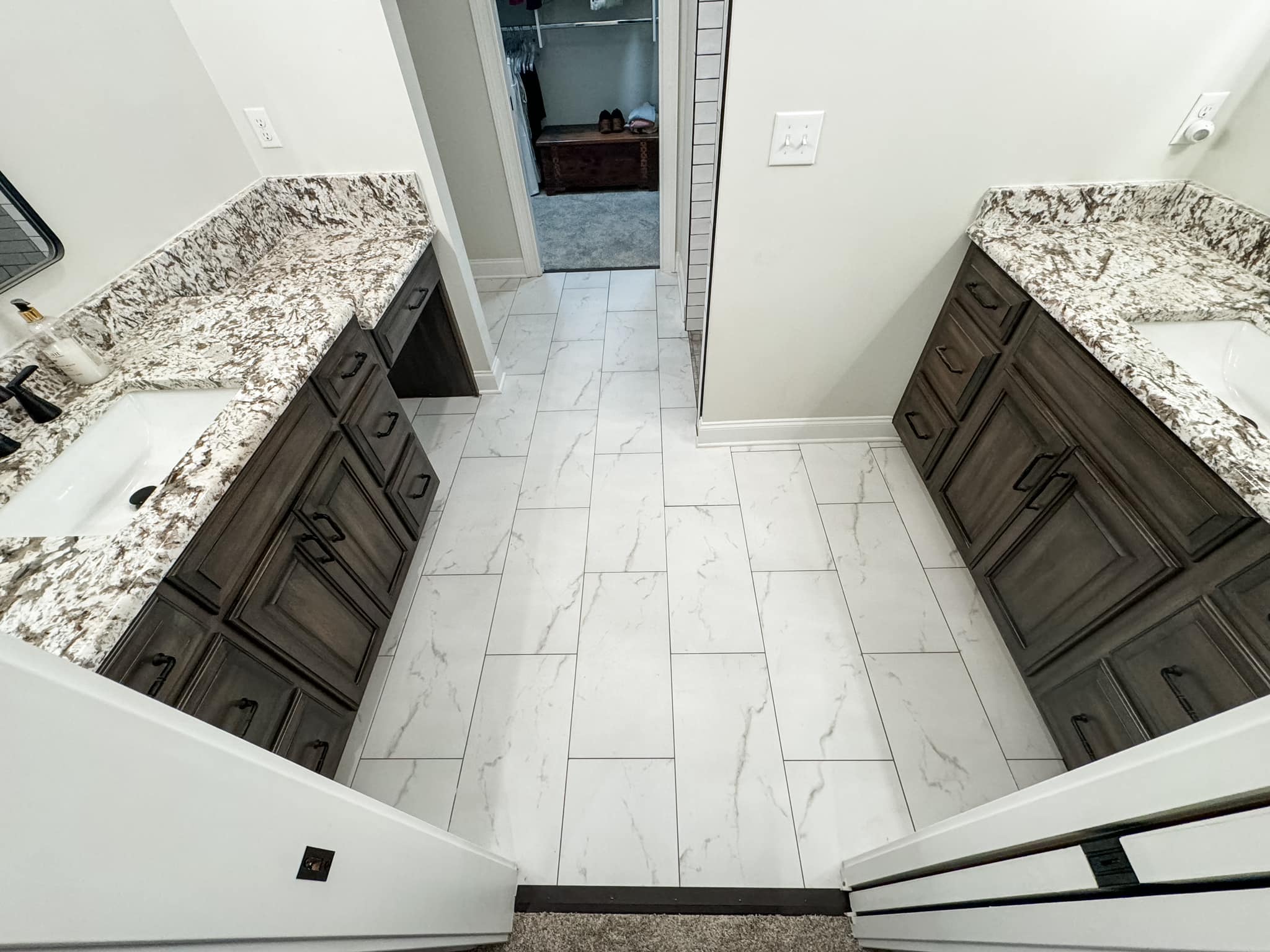
The Art of Historic Home Restoration: Preserving Charm with Modern Solutions Sep 28, 2025
When you embark on a historic home restoration project, the primary focus should be on maintaining the home's original character. This means paying close attention to details like moldings, fixtures, and other period-specific elements. An essential first step is comprehensive research. Delve into the history of the house, understanding its architectural style and the materials originally used. This knowledge provides a solid foundation upon which modern solutions can be introduced without compromising the home's historical integrity.
While preserving history is important, so too is the integration of modern technology to ensure these homes are efficient and sustainable. One of the key areas where contemporary solutions can be seamlessly incorporated is within the home's energy systems. Upgrading insulation and installing energy-efficient HVAC systems are practical ways to enhance comfort while reducing energy consumption. Additionally, using smart home technology to control lighting and temperature can bring a layer of convenience that meets today's modern lifestyle demands.
Another significant area often updated in historic home restoration is the kitchen. Kitchens are central to modern living, and while it's crucial to maintain a period-sensitive aesthetic, functionality must not be sacrificed. Consider custom cabinetry that mimics the original design while offering space for modern appliances. Reclaimed materials, if available, can be cleverly integrated into countertops or backsplashes, preserving the home's original materials palette.
The bathroom is another essential space where modern updates are often desired. Here, luxury can meet history through high-efficiency fixtures that offer both aesthetic appeal and modern convenience. For instance, clawfoot bathtubs can be fitted with modern plumbing to preserve their charm while ensuring reliability. Subtle additions such as underfloor heating can also provide added comfort without altering the classic appearance of the space.
Throughout the restoration process, structural integrity remains paramount. This is particularly crucial in older homes where time may have taken a toll on the foundation or framework. Modern engineering solutions can reinforce these areas without being visible. Steel supports, for example, can be discretely integrated into existing structures to ensure stability without detracting from the home's historic appearance.
Landscaping is another area where historic charm can be preserved while introducing modern elements for sustainability. Native plants and xeriscaping can minimize water use and enhance the home's aesthetic alignment with its era. Additionally, installing permeable walkways can reduce runoff and nurture the surrounding environment.
The culmination of historic home restoration lies in respecting the stories that these homes tell, while adeptly incorporating technology that meets current standards. At Harris Construction Services, our approach is centered on craftsmanship, where each project becomes a labor of love that bridges the past with the future. By choosing innovative, respectful solutions, we ensure that these homes remain not only a testament to architectural history but also a living space that's practical and enjoyable for current and future generations.
Restoring a historic home is more than an act of preservation; it's a commitment to sustaining the beauty of our architectural heritage while embracing the innovations of today. Through careful planning and expert execution, the intersection of history and modernity becomes a home that blends the best of both worlds. If you're considering a restoration project, we invite you to journey with us at Harris Construction Services, where your vision meets our expertise in preserving history with modern solutions.
/filters:no_upscale()/filters:format(webp)/media/7add6241-2056-40c2-ba8b-a7ff5155a3f2.jpg)